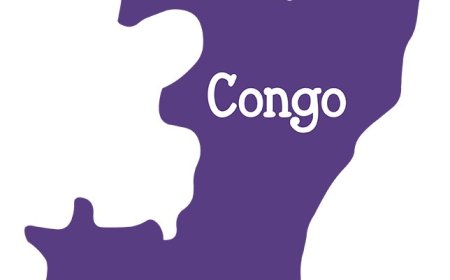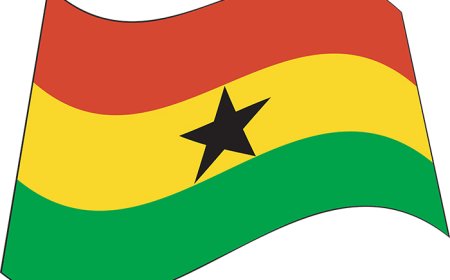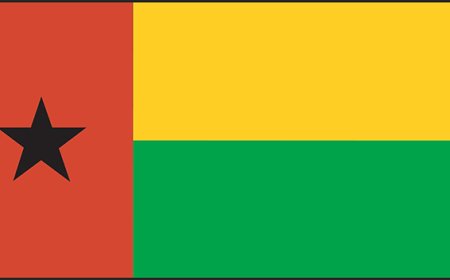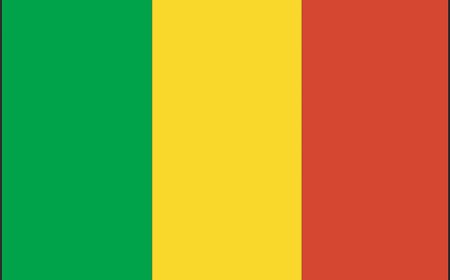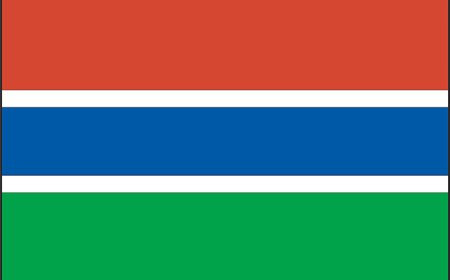Ethiopia for Students: Geography, History, and Culture of the Horn of Africa’s Ancient Nation
Explore Ethiopia’s mountains, peoples, and millennia of history in this student-friendly article.
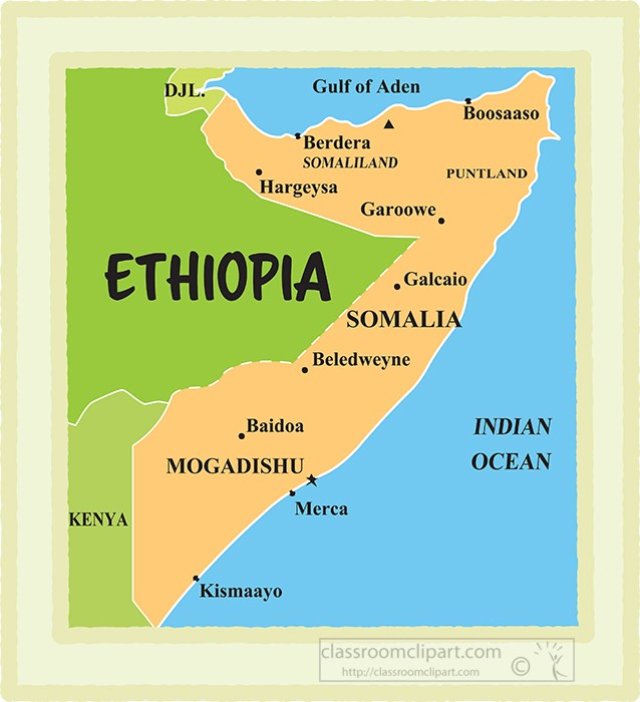
🌍 Introduction: Birthplace of Humanity and Culture
Ethiopia, located in the Horn of Africa, is renowned as one of the world’s oldest continuous civilizations and as the cradle of humankind, thanks to archaeological finds like Lucy, a 3.2-million-year-old hominid. This landlocked highland nation stretches from the hot Danakil Depression in the northeast up to the Bale Mountains in the south, offering dramatic landscapes, rich cultural traditions, and a tapestry of over 80 ethnic groups. Ethiopia’s long monarchy, independence during the colonial era, and vibrant Orthodox Christian heritage make it unique in Africa. Today, the country balances ancient customs with rapid urban growth in its capital, Addis Ababa, known as the “Political Capital of Africa.”
🗺️ Geography & Environment
Ethiopia covers about 1.1 million square kilometers, making it Africa’s tenth-largest country. Its terrain falls into three main zones. The highlands, running northwest to southeast, rise above 1,500 meters and host fertile valleys and conical volcanoes like Mount Ras Dashen (4,550 m), the nation’s highest peak. Between these ranges lies the Great Rift Valley, marked by lakes—Lake Tana, source of the Blue Nile, and Lake Abaya—and hot springs. To the east and northeast, the lowlands descend into the Danakil Depression, one of Earth’s lowest and hottest places, dotted with salt pans, sulfur springs, and lava fields. Rainfall varies from over 1,200 mm annually in the southwestern Kaffa forests to under 200 mm in the northeast deserts. These climatic zones support coffee forests, highland grains, acacia savannas, and salt-mining communities.
🏛️ Government, Language & Population
Ethiopia is a federal parliamentary republic, divided into ethnically based regions, each with its own council. The federal government—with a prime minister as head of government and a ceremonial president—sits in Addis Ababa. Home to over 120 million people, Ethiopia is Africa’s second-most populous nation. The Constitution recognizes Amharic as the working language of the federal government, while regions may adopt local languages for administration. Major languages include:
Oromo (35% of population)
Amharic (30%),
Somali,
Tigrinya,
Sidamo, among others.
Ethiopia’s religious landscape features Ethiopian Orthodox Christianity (~44%), Sunni Islam (~34%), and various Protestant and traditional faiths. Addis Ababa hosts the African Union headquarters, underlining Ethiopia’s role in continental diplomacy.
🎭 Culture & Daily Life
Ethiopian culture blends Christian, Islamic, and indigenous traditions. The coffee ceremony—roasting, grinding, and brewing green beans over charcoal—embodies hospitality and takes up to an hour. Meals center on injera, a spongy sourdough flatbread made from teff, topped with wats (stews) like doro wot (spicy chicken) and shiro (chickpea puree). Communal dining from a shared injera fosters connection.
Traditional music features the krar (lyre), masenqo (one-string fiddle), and vocal polyphony. Dances such as the eskista, characterized by shoulder rolling, enliven weddings and festivals. In rural highlands, farmers cultivate barley, wheat, maize, and pulses on terraced slopes, while pastoralists graze cattle and camels in lowlands. Handicrafts—woven baskets, pottery, metalwork—and colorful Gabi (cotton wraps) reflect local artistry. Despite rapid urbanization, many Ethiopians maintain deep ties to ancestral villages, returning for planting, harvest, and religious holidays like Timkat (Epiphany) and Meskel (Finding of the True Cross).
📜 History Highlights
Ethiopia’s history spans millennia. The Kingdom of Dʿmt (10th century BCE) gave way to the powerful Aksumite Empire (1st–7th centuries CE), a major Red Sea trading power that adopted Christianity under King Ezana in the 4th century. Rare among African states, Aksum minted its own coins and built monumental stelae. Later, the Zagwe dynasty (c. 900–1270) erected the rock-hewn churches of Lalibela, still pilgrimage sites today. The Solomonic dynasty (1270–1974) traced its lineage to King Solomon and the Queen of Sheba. In the late 19th century, Emperor Menelik II expanded Ethiopia’s borders and defeated Italy at Adwa (1896), preserving independence. A brutal Italian occupation followed in 1936 but ended in 1941 with Allied and Ethiopian forces. Emperor Haile Selassie modernized the state, but a 1974 coup replaced monarchy with the Derg socialist regime, leading to civil war and famine. In 1991, a coalition overthrew the Derg, and a federal republic emerged in 1995. Ongoing reforms aim to balance ethnic federalism with national unity.
💰 Economy & Resources
Ethiopia’s economy is one of Africa’s fastest-growing. Agriculture employs over 70% of the workforce, with coffee (the country’s top export), oilseeds, pulses, and horticultural products leading revenues. Industrial parks produce textiles, leather goods, and consumer electronics. Hydropower from the Grand Ethiopian Renaissance Dam on the Blue Nile promises to transform electricity supply and exports. Mining of gold, tantalum, and gemstones is expanding under new investment laws. Infrastructure projects—railways, roads, telecom—connect highlands to ports in neighboring Djibouti. Challenges include land degradation, population pressure, and foreign debt, but development plans emphasize sustainable agriculture, renewable energy, and skill training.
🌿 Wildlife & Natural Beauty
Ethiopia’s ecosystems range from Afro-alpine moorlands on the Simien and Bale Mountains to acacia woodlands and semi-deserts. Endemic species include the Walia ibex, gelada baboon, and Ethiopian wolf, the world’s rarest canid. Simien Mountains National Park, a UNESCO site, offers dramatic escarpments and highland plateaus. The Danakil Depression, one of Earth’s lowest points, showcases neon salt flats and acid springs. Rift Valley lakes—Ziway, Chamo, Awasa—support hippos, crocodiles, and flamingos. Conservation efforts, though under pressure from grazing and farming, involve community scouting, eco-tourism lodges, and national park expansions to safeguard these unique habitats.
📚 Vocabulary List
Cradle of Humankind Region where earliest human ancestors were discovered
Teff A tiny grain used to make injera, native to Ethiopia
Rift Valley A long, deep trench formed by tectonic plates, hosting lakes and faults
Ethnic Federalism Political system dividing regions along ethnic lines
Aksumite Empire Ancient trading empire centered in northern Ethiopia
Eskista Ethiopian dance characterized by rhythmic shoulder movements
Derg Marxist-Leninist military junta that ruled Ethiopia (1974–1991)
Hydropower Electricity produced by water, often at dams
Endemic Native to and found only in a specific geographic area
UNESCO World Heritage Sites of outstanding cultural or natural importance
🧒 Kid-Friendly Summary
Ethiopia is a land of high mountains, deep valleys, and ancient stories. People speak Amharic, Oromo, and many other languages. They share friendship over long coffee ceremonies, eating injera with colorful stews. Long ago, powerful kingdoms like Aksum traded ivory, gold, and spices, and King Menelik II beat the Italians at Adwa to keep Ethiopia free. Today, kids learn about gelada monkeys on the Simien Mountains and flamingos on Rift Valley lakes. Farmers grow coffee, teff, and cereals on terraced hills, while cities bustle with students and diplomats. Ethiopia’s people are proud of their history and are building a bright future with dams, factories, and schools.
🎯 Interactive Quiz: What Do You Know About Ethiopia?
What ancient empire was centered in northern Ethiopia?
a) Mali Empire b) Aksumite Empire c) Zulu Kingdom d) Songhai Empire
✅ Answer: b) Aksumite Empire
What is the staple flatbread eaten across Ethiopia?
a) Pita b) Tortilla c) Injera d) Chapati
✅ Answer: c) Injera
Which language is the working language of the federal government?
a) English b) Arabic c) Amharic d) Swahili
✅ Answer: c) Amharic
Which river originates at Lake Tana?
a) Nile b) Zambezi c) Congo d) Niger
✅ Answer: a) Nile (Blue Nile)
What endangered wolf lives only in Ethiopia?
a) Red wolf b) Arctic wolf c) Ethiopian wolf d) Gray wolf
✅ Answer: c) Ethiopian wolf
What was the socialist military government that ruled from 1974 to 1991?
a) Derg b) FRELIMO c) ANC d) MPLA
✅ Answer: a) Derg
What major dam project is reshaping Ethiopia’s hydropower?
a) Hoover Dam b) Grand Ethiopian Renaissance Dam c) Three Gorges Dam d) Aswan High Dam
✅ Answer: b) Grand Ethiopian Renaissance Dam
What UNESCO World Heritage park is known for escarpments and gelada baboons?
a) Virunga b) Simien Mountains c) Yellowstone d) Kruger
✅ Answer: b) Simien Mountains National Park
🏫 National Education Standards Alignment
Geography (NGS Standards):
1: Use maps, globes, and geospatial tools
4: Physical and human characteristics of places
6: How culture influences perception of places
10: Human-environment interaction
13: Regional characteristics
History (U.S. Standards):
Historical Thinking Standards 1–3
Era 7 & 8: The Rise of Modern Empires; Contemporary global issues
Social Studies (C3 Framework):
D2.Geo.4-8, D2.His.1-8, D2.Civ.2-8
Literacy (Common Core):
RI.6.1, RI.6.2, RI.6.4, RH.6-8.7


















































